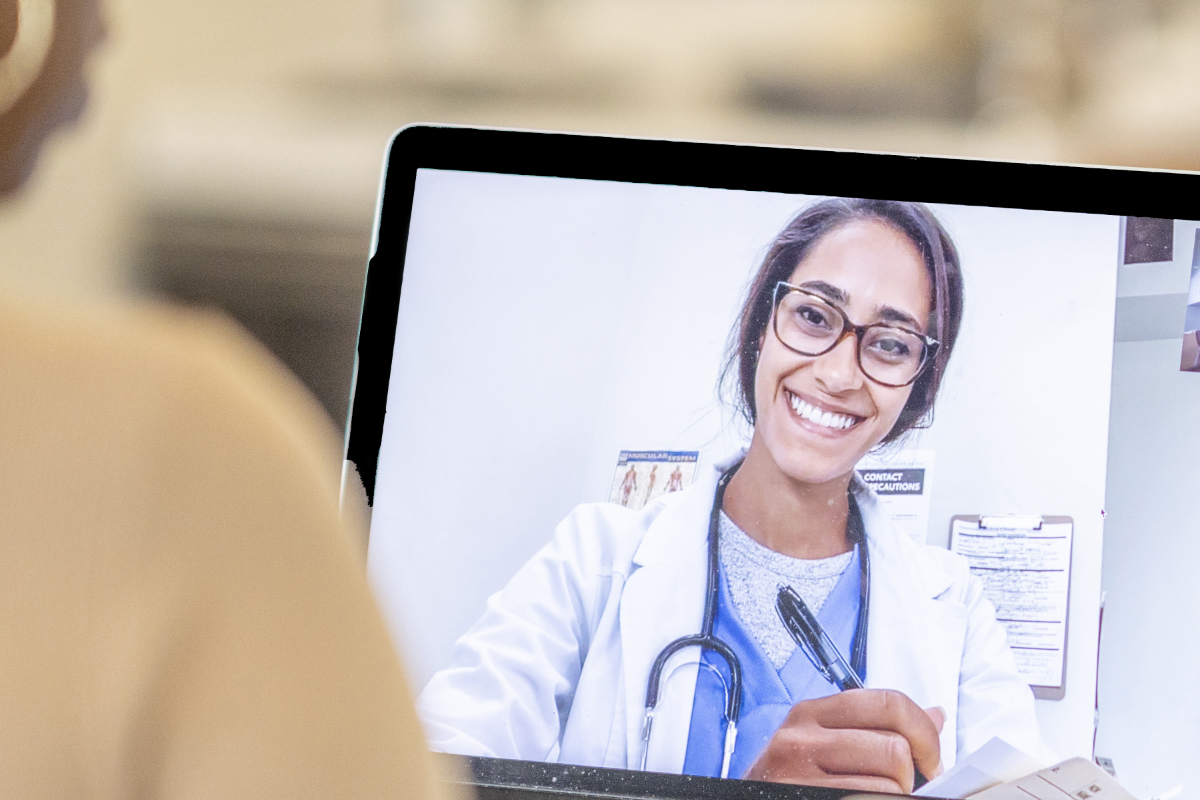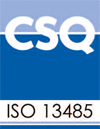Telemedicine adoption is accelerating due to the COVID-19 pandemic, states a paper in the Telemedicine Journal and E-Health. The medical interaction on a screen can provide more equitable care and increase efficiency in healthcare for the future. The authors (Cheng et al.) suggest that the new digital channel for medical interaction needs to be implemented accordingly to the current workflow.
Telemedicine existed for decades, but its gradual adoption was challenged by the lack of devices, organizational readiness, incentives, and unsuited services. The “social-distancing” due to the spread of COVID-19 required a rapid worldwide adoption of telemedicine. This has brought the benefits, e.g., convenience for the patients and cost-effectiveness for healthcare (providers), into reality.[1]
Read the full paper here at Telemedicine Journal and E-Health
At GenomSys, we believe that the digital transformation of medical processes, especially in genomics, is now. For us, telemedicine is just another example that healthcare still has room for improvement. As a company, we want to do our part to increase the efficiency of genetic testing and accelerate medical progress.
Our solutions for genomic professionals enable them to leverage all the benefits of the ISO/IEC-23092 standard for genomic data (MPEG-G). Particularly regarding the expected increase of genetic analyses and the resulting data, coupled with the long-term storage requirements for these data, our MPEG-G Codec Suite offers a long-term solution to become more cost-efficient in terms of storage.
Besides the benefit of high compression of genomic data, the standard’s selective access allows clinicians or researchers to run their analysis more efficiently, without disrupting majorly their current workflow, particularly noticeable with the GenomSys Variant Analyzer (GVA), a software used to detect variants on the DNA. The GVA allows clinicians or researchers to analyze only the desired target region without pre-processing steps or establishing a virtual panel, increasing time efficiency and minimizing the risk for incidental findings.
Additionally to the increased efficiency for professionals, genomic data privacy is paramount to us. As our DNA is unique for each of us and therefore one of the most personal information about us, protecting it is a cornerstone for our solutions. One step towards a higher level of privacy can be the empowerment of each citizen to fully control their genomic data and, nowadays, even in a more convenient way. Thanks to our digital genomic data standard MPEG-G and the previously mentioned compression feature, it is possible today to easily store a whole-genome dataset in MPEG-G on a standard smartphone without using up the entire storage capacity.
We envision the individual to take charge of their genomic data entirely in the future. They will be able to protect it, use it when necessary, and only share it with their caring physician when needed – actively leveraging the power of genetic testing conveniently.
By Lucas Laner on May 12, 2021.
Reference:
[1] Cheng A, Guzman CEV, Duffield TC, Hofkamp H. Advancing Telemedicine Within Family Medicine’s Core Values. Telemed J E Health. 2021 Feb;27(2):121-123. doi: 10.1089/tmj.2020.0282. Epub 2020 Jul 28. PMID: 32744897; PMCID: PMC7888289.Picture: kamleshverm / pixabay





